Magazine
How can you treat your scars?

It’s nearly impossible to get through life without scars of one sort or another. Playing sports games, simply placing your foot the wrong way or getting careless for a second with a kitchen knife may give you a scar or two. Some form of abrasion is simply an inevitable, natural part of interacting with the world.
Our body knows this and has developed a coping mechanism, a way of sealing up wounds. When the wounds are relatively deep, this sealing process leaves a raised or sunken patch of new skin, otherwise known as scars. Come to think of it, it is an amazing self-healing process. Let’s take a closer look at the scars. And of course, how to treat them.
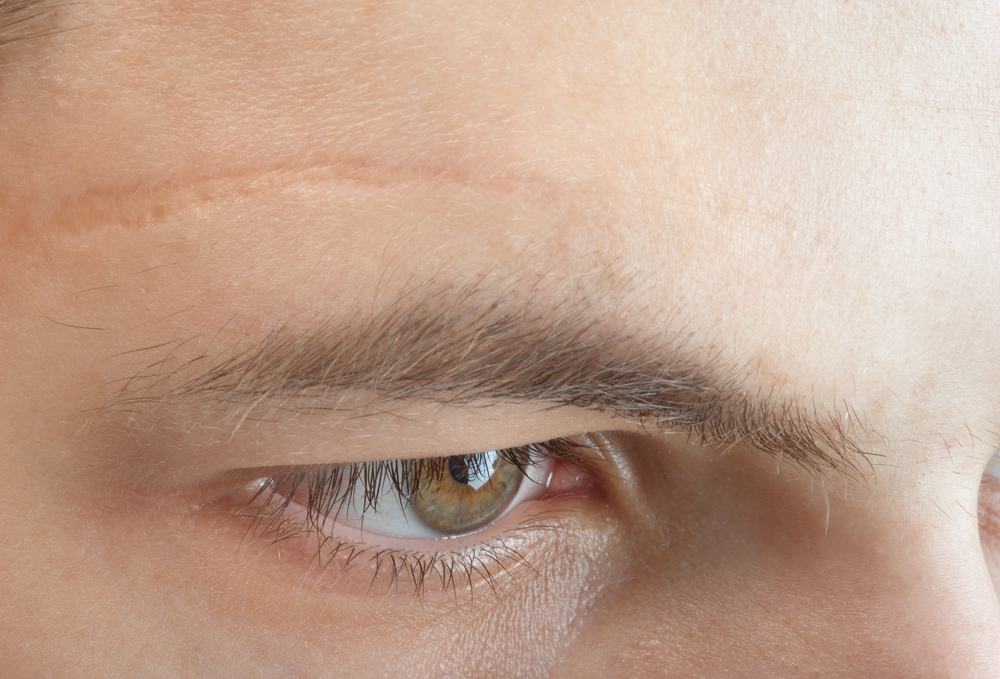
It’s nearly impossible to get through life without scars of one sort or another.
Perfect Imperfection – What are Scars?
Our internal organs require different layers of protection. One of those layers is the skin. This organ, the largest in our body, is a complex, multilayered organ and plays multiple roles in our bodies. Among other things, it’s a vital part of the immune system. It cleanses the body from toxins and acts as a barrier against outside pollutants, germs, and harmful UV rays.
At the same time, our body is always synthesizing collagen – a protein responsible for the health of joints, bones, and skin. Collagen is everywhere in our bones, muscles, and blood and makes up three-quarters of our skin. If the skin is cut or bruised, the body boosts collagen production in that region. Collagen fibers stretch across the wound and seal it with new tissue. This new tissue prevents infection from entering exposed areas of the body. And leaves a patch of freshly-formed flesh that can be dark or light, raised or sunken.
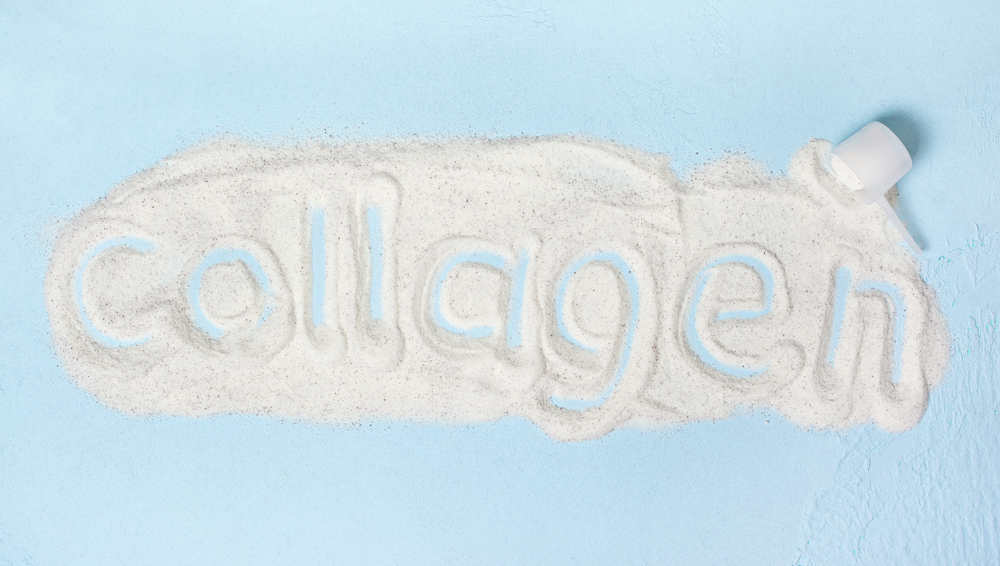
Collagen is everywhere in our bones, muscles, and blood and makes up three-quarters of our skin.
Different Lives – Different Scars
There are a wide variety of scars, and as such, just as many causes. Minor cuts typically result in fine raised lines. Knife or razor accidents and surgeries are common sources of such scars. Those scars don’t typically hurt but may feel itchy at first. In some cases the body keeps producing collagen after the wound is sealed, causing raised – hypertrophic or keloid scars. Keloids are sometimes pink or red and are often painful or itchy. If tight enough and positioned near a joint, they can restrict the movement of arms, legs, or fingers.
Sunken scars, on the other hand, form when fat or muscle underneath the skin is lost. This may happen as the result of skin conditions, like acne, or certain surgical procedures. They can have a pitted or “ice-pick” appearance. Burns result in scar contractures. The skin and underlying tissues shrink from fire and create a tight patch that can restrict organ movement. But what does that have to do with treatments and how can YOU do it too?
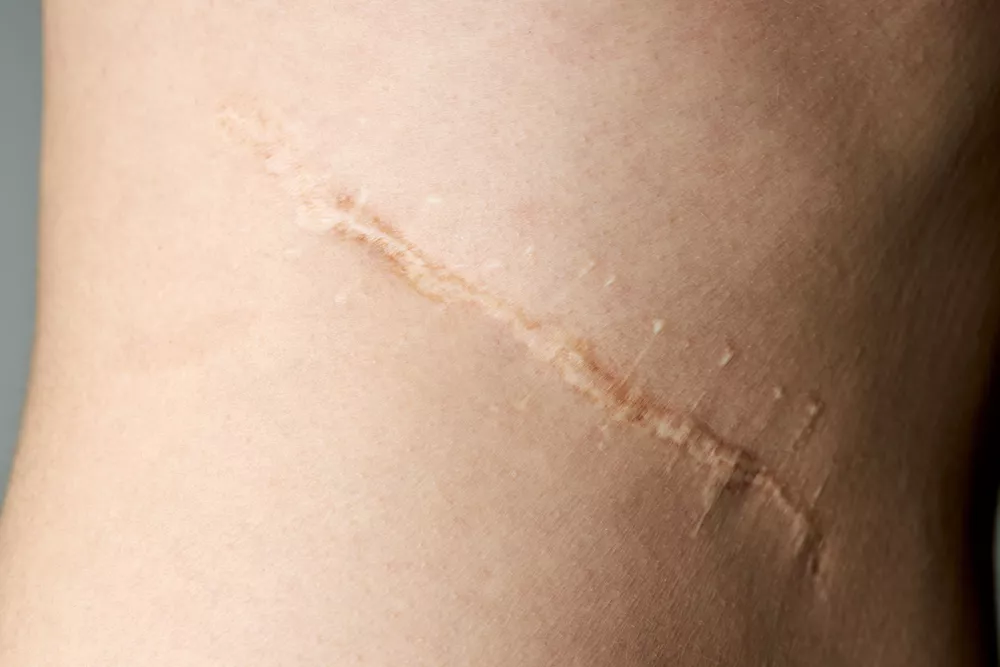
The body keeps producing collagen after the wound is sealed, causing raised – hypertrophic or keloid scars.
How to Treat Your Scars?
Complete scar removal isn’t possible yet, but some treatments can render them less visible and less restrictive. Among the more radical forms of treatment are scar-revision surgeries like skin grafts. Other options include injections, laser treatments, and steroids. Dermabrasion is one of the milder procedures of gently removing the top layer of the skin. Still milder procedures include pressure dressings and topical silicone gels.
That being said, there are potent treatments designed to improve the color, texture, and overall appearance of scars. The scar gel has advanced silicone formula with long-lasting effects on all types of scars, including acne scars, surgery scars, and burn scars. It includes a rich blend of oils and vitamins that boost the skin’s natural healing process. Meanwhile, the silicone hydrates the area and reduces collagen production. This prevents the excess buildup of new tissue and softens the tissue that has already formed.
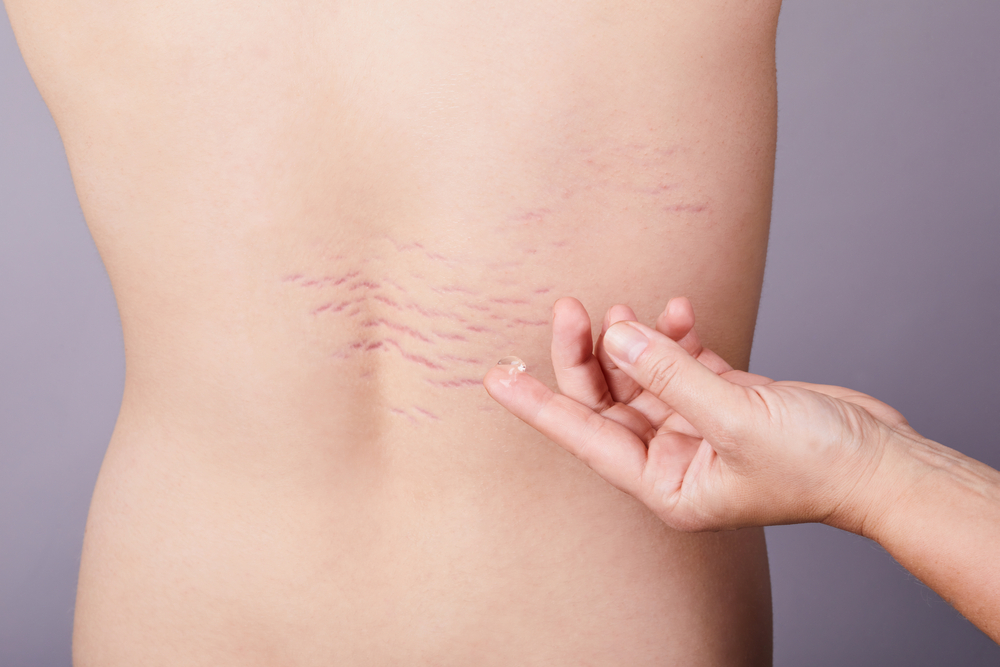
there are potent treatments designed to improve the color, texture, and overall appearance of scars.
Treat Scars Like a Pro
Scars are a natural self-healing process that is part of our immune system. They grow pale, fade, and flatten with time, but they rarely disappear completely. A rich variety of constantly developing treatments are available, however, ranging from purely cosmetic, like makeup, to the complete surgical replacement of skin, from the widely affordable to forbiddingly expensive. The best place to start is to determine which type of scar needs to be treated and try those treatments which are somewhere in between the extremes, like dermabrasion, pressure dressings, or silicone gels.
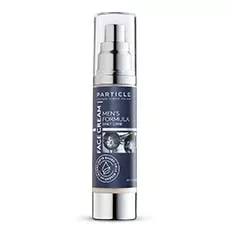
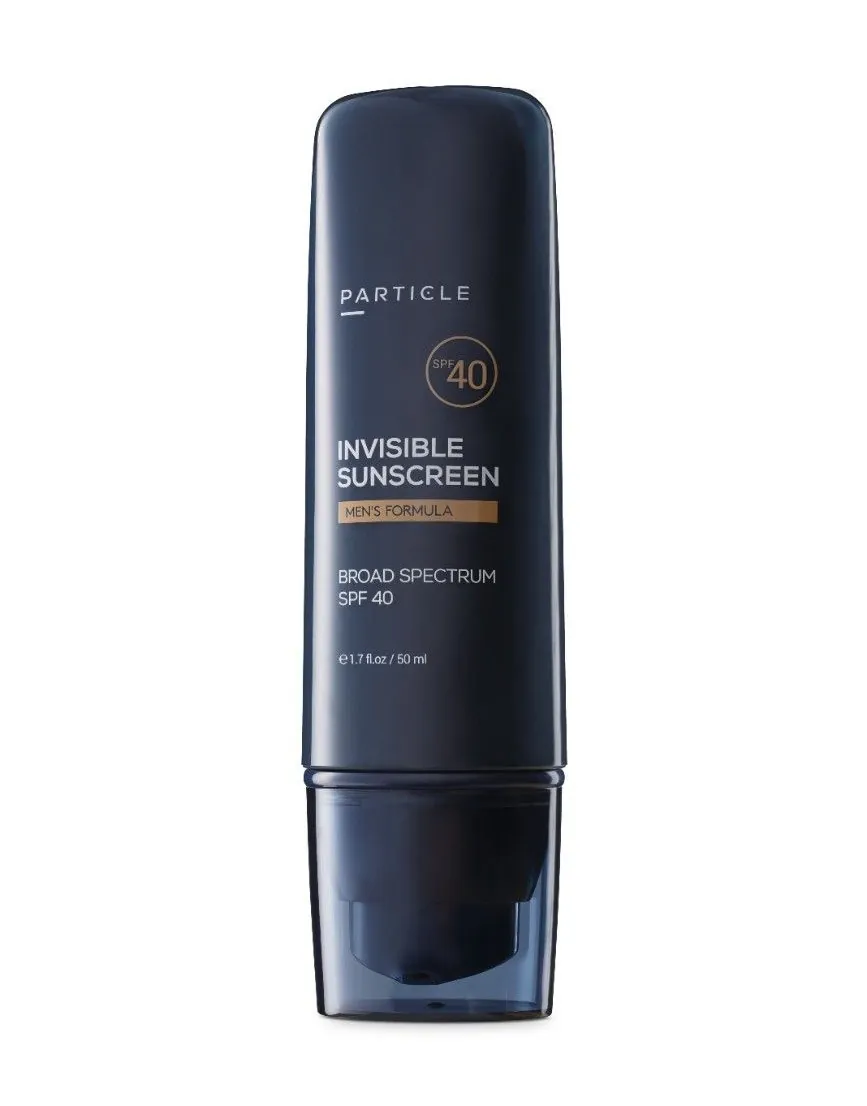
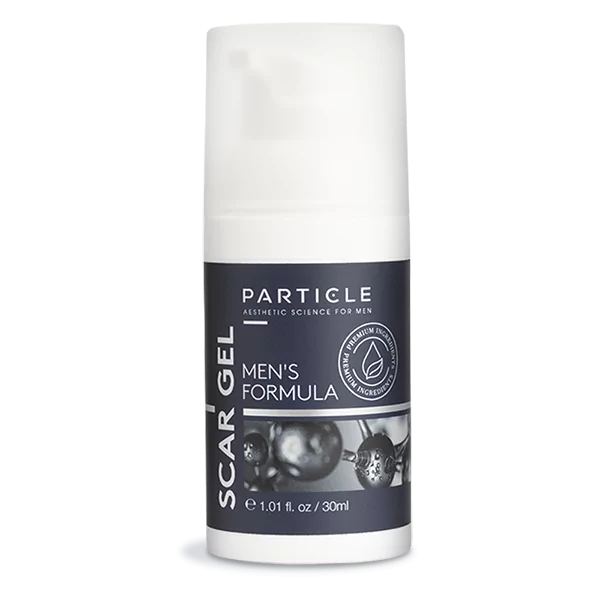
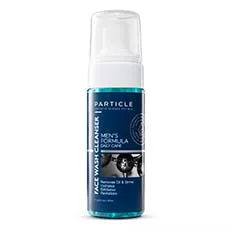
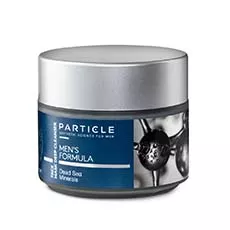
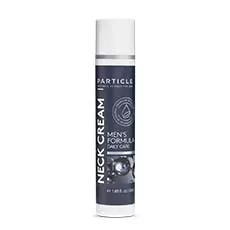
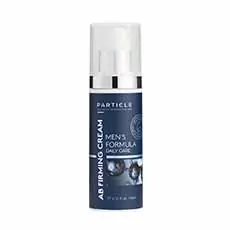
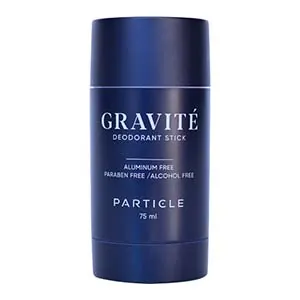
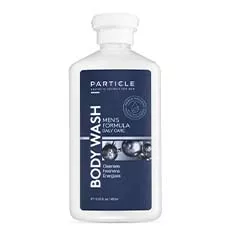
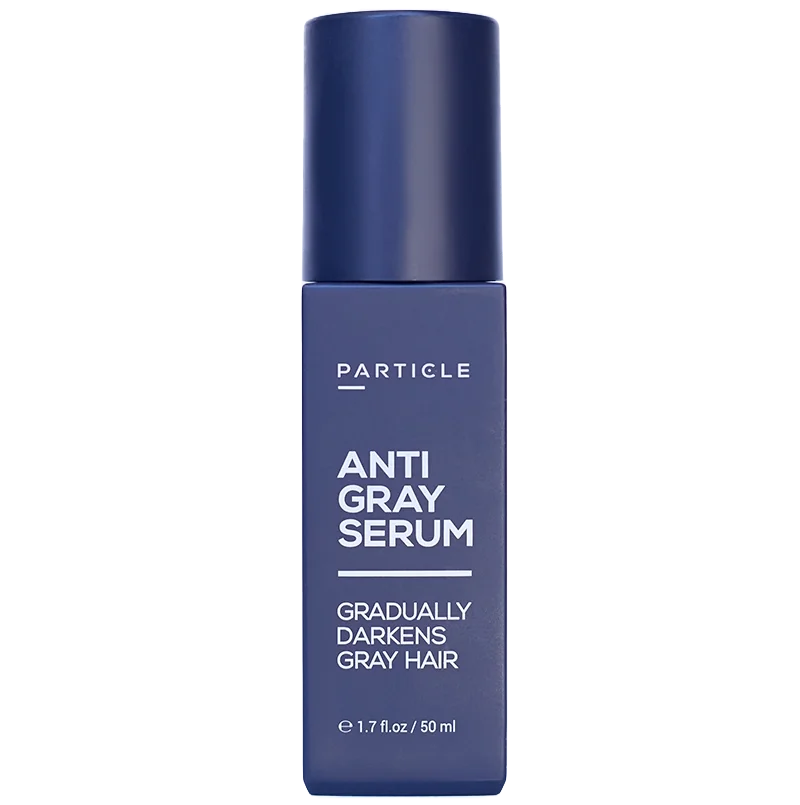
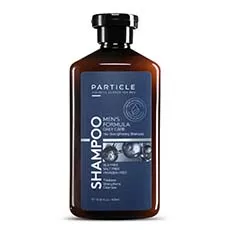
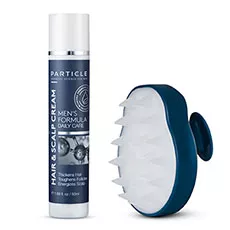
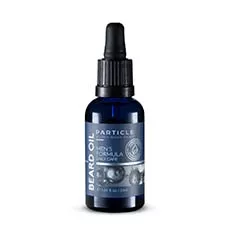
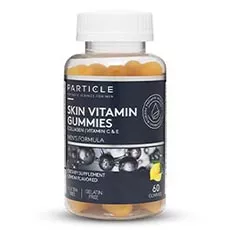
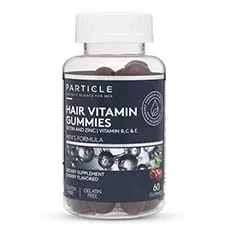
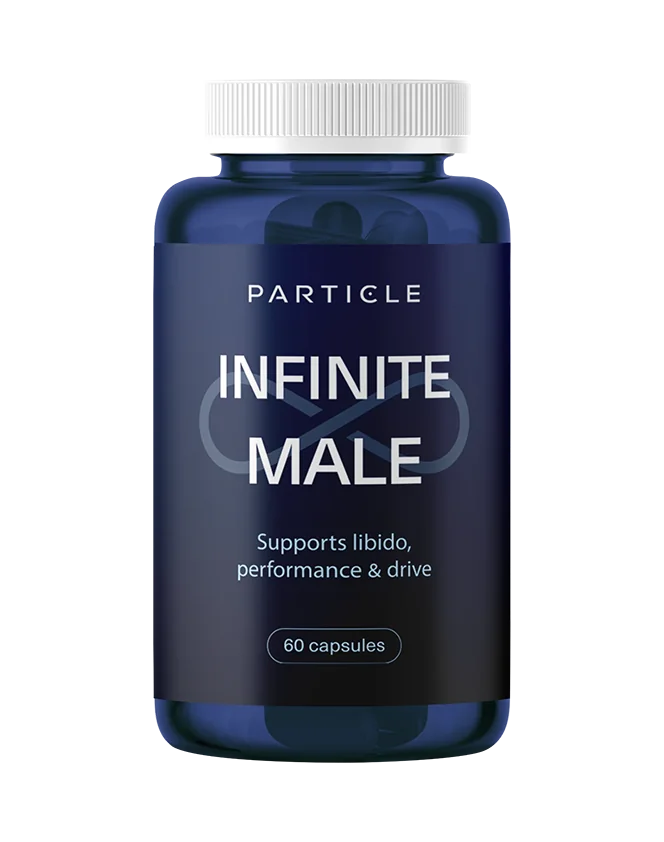
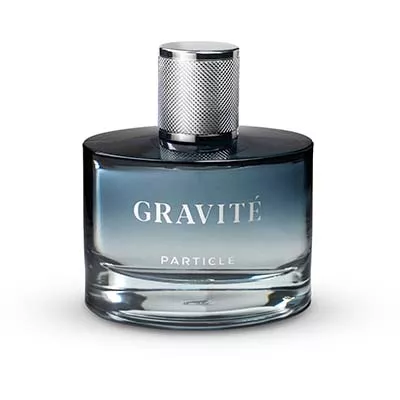

 en
en














